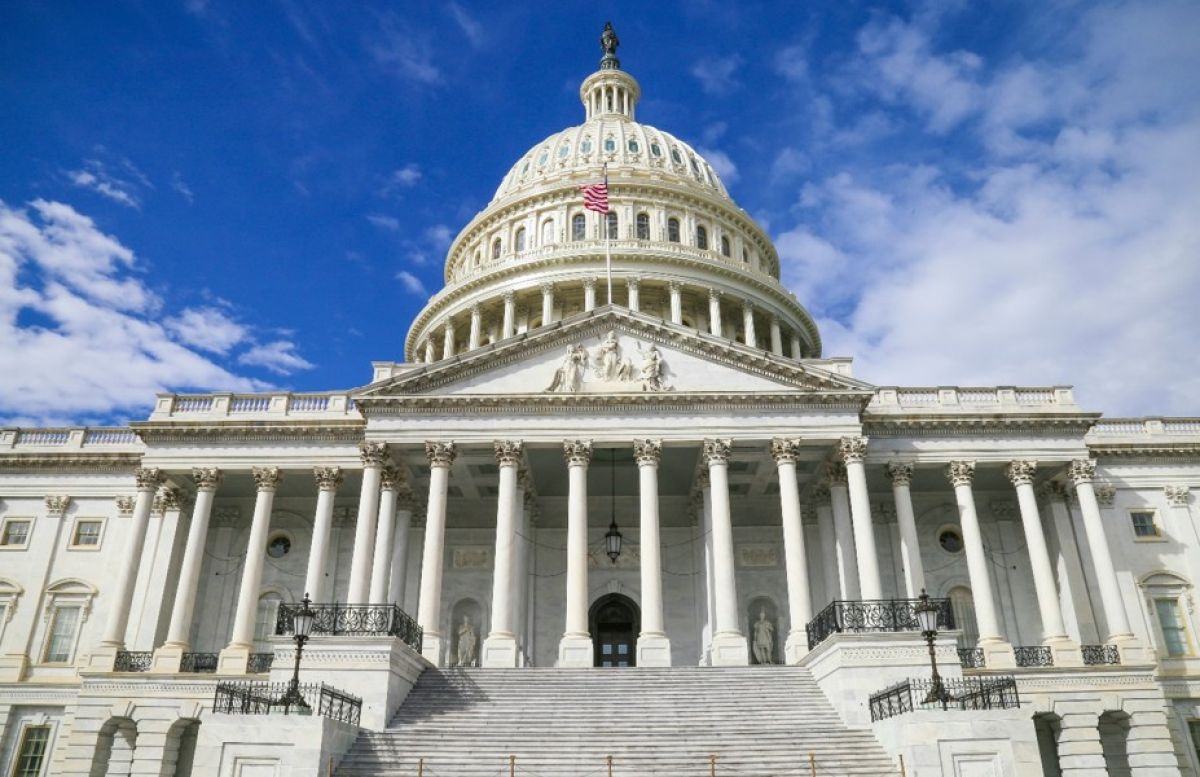eNews, Government
Congress debates “narrowly tailored” bankruptcy code changes

In a rare bankruptcy-focused hearing in the House on July 15th, Members of Congress demonstrated a surprising level of interest in the topic, discussing an array of six or seven potential changes to bankruptcy code, but not quite achieving consensus yet. One proposal that, on the surface, received wide bipartisan support was restoration of the COVID-era Subchapter V $7.5 million debt eligibility ceiling. Looking more deeply, however, it is a little too early to call it a done deal.
It’s important to remember that, with Congress, everything is political, including who is selected to appear as a witness in a Congressional hearing. There were six witnesses at the Tuesday hearing, including two bankruptcy judges from Virginia and Maryland, notable in that two influential members of the Committee hail from—you guessed it—Virginia and Maryland. In addition to the judges, there was also a University of North Carolina Chapel Hill law professor, likely a nod to the Republican Member of Congress, Mark Harris from North Carolina. The other three witnesses, all professors and attorneys, had less obvious connections to the Members of Congress present, but none represented or focused on creditor interests.
This set the stage for what appeared to be a harmonious hearing with witnesses generally agreeing on all areas of policy. For example, every witness espoused the Subchapter V expedited process available to small businesses, highlighting the speed with which the proceedings complete and plans are confirmed, but none addressed the elephant in the room of whether the businesses emerging from these plans remained solvent. Members of Congress, for their part, were more divided.
First, it is worth mentioning that several of the Republican Members of Congress on the Subcommittee are new to Congress, either as freshmen or sophomore Members, and it is unclear whether they were paying much attention to the hearing as only about half of them showed up. Democrats, on the other hand, were significantly more invested, with every Member of the Subcommittee attending the hearing, including the Full Committee Ranking Member, who does not typically participate in Subcommittee hearings. The disparity in interest is relevant because ultimately it is Republicans who control what legislation advances, as they are in the majority.
The Republicans who did attend the hearing seemed legitimately interested in discussing the merits of minor tweaks to the bankruptcy code. They demonstrated openness to the idea of renewing the nearly 30 expiring bankruptcy judgeships across the country. They also generally spoke positively about the Subchapter V process, although the Chair of the Subcommittee fell short of directly endorsing making the increased debt limit threshold permanent. All supported increasing the trustee fees for Chapter VII bankruptcy proceedings.
Democrats, for the most part, focused their attention on the extremely high bar for discharging student loan debt through the bankruptcy process. Those who mentioned topics like Subchapter V or Chapter VII did so in passing, clearly less individually focused on those issues. Congresswoman Zoe Lofgren also spent much of her time touting her legislation that would crack down on bankruptcy “venue shopping”.
The hearing ended without any promise of action, but it did set the stage for the potential consideration of legislation in the Fall. The divide between Republicans and Democrats on giving student loan borrowers relief through the bankruptcy code will complicate the process, making a ‘package’ of legislative tweaks less likely than the consideration of individual discrete pieces of legislation. That’s important because ultimately any legislation that the House passes, the Senate will also need to pass, and the process for doing so is significantly more difficult and time consuming unless the legislation has unanimous support.
In short, there is still a long road ahead for any legislation dealing with the bankruptcy code and we’ll be working over the next several months to collect NACM member views to share with the Committee and Members of Congress before any legislation is formally considered.
To learn more about Subchapter V and NACM’s position on the issue, download NACM’s white paper, Subchapter V: Essential Insights for Credit Professionals.





